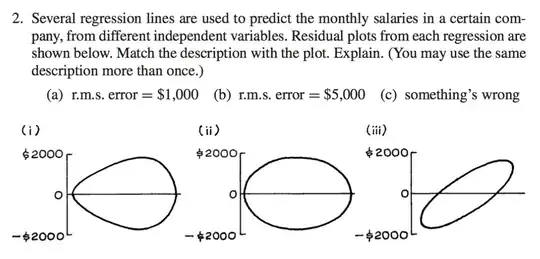Interpret the test in terms of what the test actually tells you.
The rank sum test (Wilcoxon-Mann-Whitney test, U test) considers whether $P(X>Y)$ differs from $\frac12$ (X being a random value from the first population and Y being a random value from the second, assuming continuity), and is effectively based on a sample equivalent of that (the proportion of cross-pair samples for which it is the case, compared to 1/2).
It doesn't compare medians; indeed medians may easily be in the opposite direction to the direction of difference the test indicates, because it's measuring differences in a different way. If you're making an additional assumption that would imply a difference in medians with a significant result (e.g. if you assume identical distributions under the null and a shift alternative -- which is sufficient but not necessary to imply a difference in medians) then you have grounds to doubt that additional assumption.
It's important to test the thing you want to know about! If you're interested in comparing medians, you might investigate whether you can do that (e.g. via a permutation test with an assumption of identical distributions under the null in order to have exchangeable group-labels; the alternative needn't require you to assume a shift alternative).
